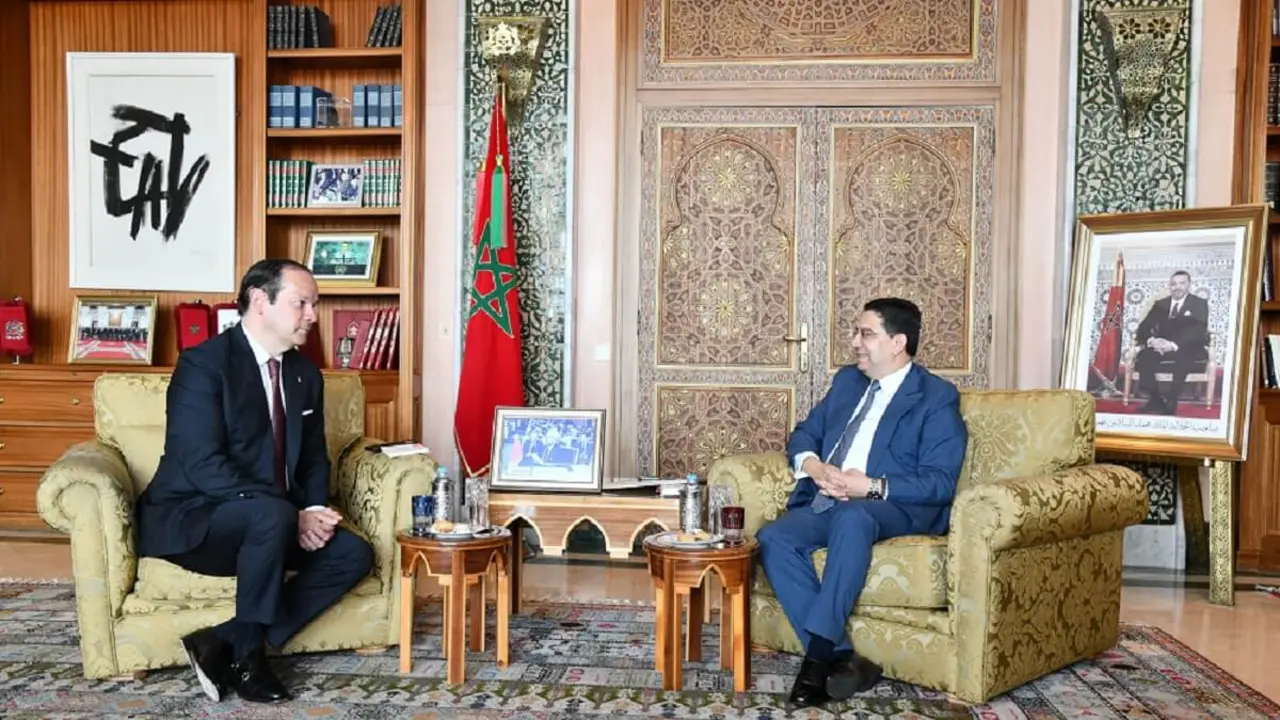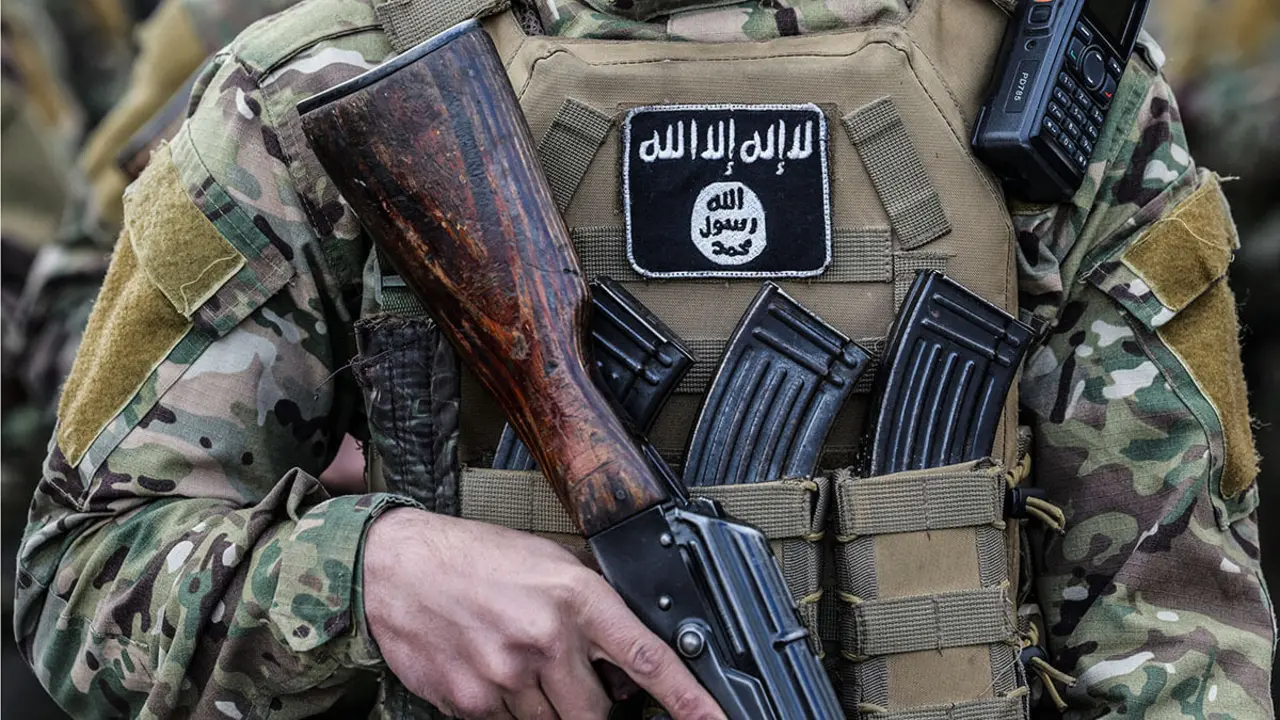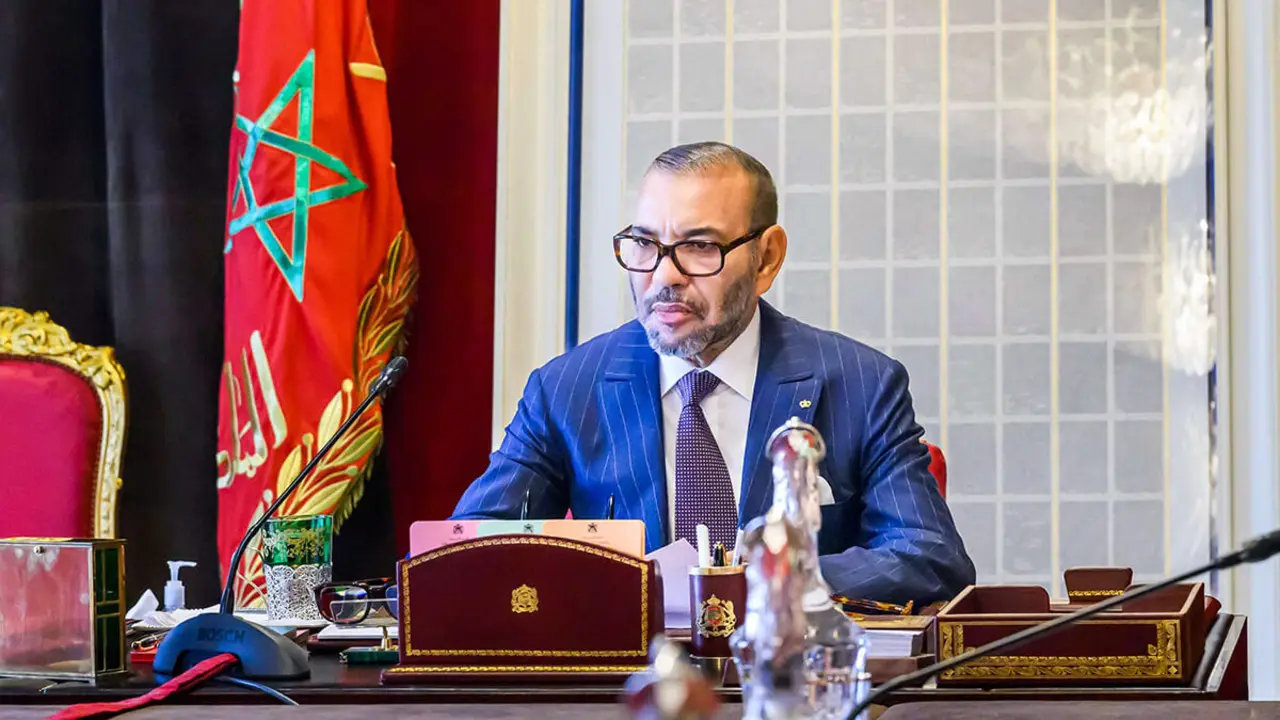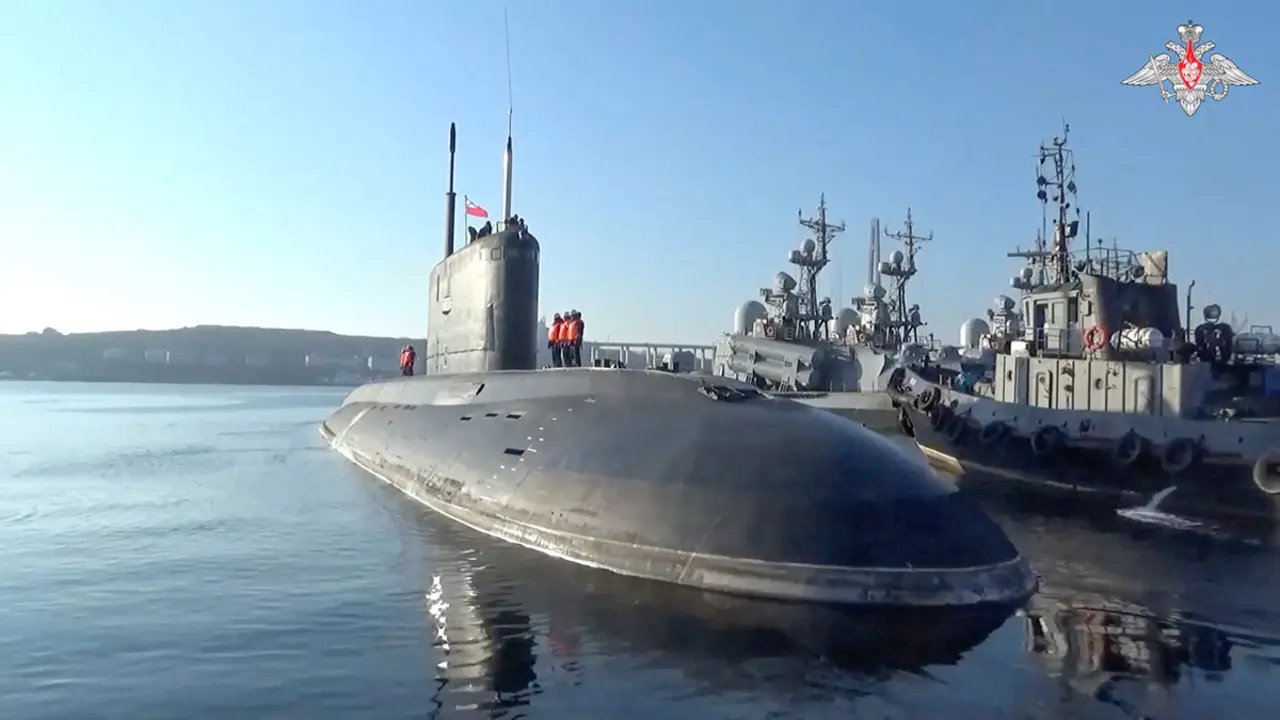The Navy boosts troops' skills with marfibex-21

The Sierra del Retín de Barbate range and the waters of the Bay of Cádiz have recently been the protagonists of the simulation of the Normandy "D-Day" landings, or, in other words, the remote "Operation Neptune", during the Second World War. Complying scrupulously with health protocols in a Post-Covid scenario, Rear Admiral Ignacio Camacho Céspedes has shown the foreign press what these manoeuvres are like in real time. One of the top leaders, the one who prepares his units in this Marfibex naval deployment, has conducted a whole set of naval operations, which are now very necessary for fraternisation and especially to strengthen the capabilities of its professionals.
The Navy currently has 20 ships at sea and 2,129 personnel sailing away from their bases.
Inside the amphibious assault ship, BAA "Galicia", once on board, Camacho Céspedes received us in his chamber along with all his staff.

Could you explain what Marfibex is, and what these amphibious operations manoeuvres with landing forces consist of?
The naval deployment in these training exercises, which lasted five days, is the starting point for units of the Amphibious Group, Fleet Projection Group (GRUPFLOT) and the Marine Infantry Brigade (BRIMAR), which absorbs between 900 and 1,000 troops in total.
My mission is to prepare these units such as the aircraft carrier, Juan Carlos Primero and the amphibious assault ship (BAA), the "Galicia", together with the naval beach group, that is, the surface vectors or boats, which enable the BRIMAR vehicles to disembark on land and later reembark the Marine Infantry Battalion in the Sierra del Retín range. A whole cast of professionals full of enthusiasm, given that they were postponed to 2020.

What is the objective of this set of training and preparation exercises?
The aim of these exercises is to improve and increase the skills of the people who make up this group, the integration of the units in amphibious operations, transferring forces to land and influencing it; maintaining the projection capacity of a force on land but from the sea, as I said, developing humanitarian aid operations and responding to crisis situations. During this amphibious exercise, activities will be carried out mainly aimed at increasing training in the conduct of amphibious and air operations.
Could you tell me who is involved as support forces in Marfibex?
Units such as the LHD "Juan Carlos I", BAA "Galicia"; F-80 frigate ‘Santa María"; Staff of the Fleet’s Amphibious and Projection Group. The Beach Naval Group (with 5 LCM1-E craft), various air assets such as 2 SH3D helicopters from the 5th Squadron, 2 AB-212 helicopters from the 3rd Squadron, 5 "Harrier" AV8B aircraft from the 9th Squadron, as well as HT27 "Cougar" helicopters from the Army's Air Mobile Forces and the Army's I/74 Anti-aircraft Artillery Group, among others.

What preventive measures have been adopted to carry out these training exercises, taking into account the participation of a thousand troops, including men and women?
All the troops planned for the exercises have been able to go to sea and no one has been left ashore. In this post-Covid scenario, and bearing in mind that it has been a maritime victory because last year they were postponed due to the world health emergency, our men and women have been subjected to a strict protocol based on the administration of the first dose of the astraZeneca vaccine, home quarantine for eight days, previous antigen test for screening, mask, gel and social distance.
Are the citizens of Barbate resilient to the implementation of Marfibex?
The citizens know and understand that our training camp has to be used and Barbate maintains fluid relations with the established institutions. Fighting for peace is our vocation. Moreover, thanks to these facilities, animal and plant species survive in the Sierra del Retín range. In cooperation with state agencies, we identify the seabed to help keep the underwater heritage intact. We are responsible for nautical cartography in Spain. The message is that for a year and two months we have not been carrying out these manoeuvres. Managing the Covid in a warship, with small compartments, has been quite a feat. Our idea is to continue the training cycle, which involves a total of a thousand people at sea and no Covid. On Friday 23rd, the Juan Carlos Primero docked at the Rota base, awaiting the next mission. Nor can we ignore the fact that, according to our code of ethics and the Law of the Sea, we have the obligation to rescue and assist all immigrants and take them to a safe port.

What is the future of the Navy's frigates going to be like? Will you continue to invest in new technologies applied to submarines and new ships?
We are pioneers in technology, both in our work processes and in the material we use. You only have to look at the new S-81 "Isaac Peral" submarine, a submersible created exclusively in Spain. It is due to be commissioned in 2024. Our job is to work at sea.
What is cooperation with the Americans like in practice?
Interoperability for security reasons is the guarantor of very good relations, and we are unaware of this issue. At the moment, we have an American Harrier fighter pilot on the amphibious aircraft carrier, Juan Carlos Primero, in an exchange with the Spanish Navy, who is helping to carry out these training exercises. The aircraft is the same, although the American prefers to use the platforms of this ship because the flight deck is better. We have a ramp that launches the Harrier upwards.

In what operations is the Spanish Navy participating overseas and in coordination with other countries?
There is a threat scenario in which we are exporting maritime security together with our partners and allies. Bringing training to nations that are lacking in security is a Navy responsibility, which is why we have naval forces that provide a permanent maritime presence to NATO. In Operation Atalanta, the EU's counter-piracy mission in the Indian Ocean, we participate with our units. Likewise, the Marine Corps is present in military missions on the African continent, with deployment in Mali and also in the Gulf of Guinea, where there is a maritime action vessel, BAM "Foror", a patrol vessel whose activity is planned for half a year and which will rotate, based on training, defence diplomacy, cooperative security and piracy.
Carmen Chamorro García, CIP/ACPE Executive Officer: SEI Diploma in International Relations








